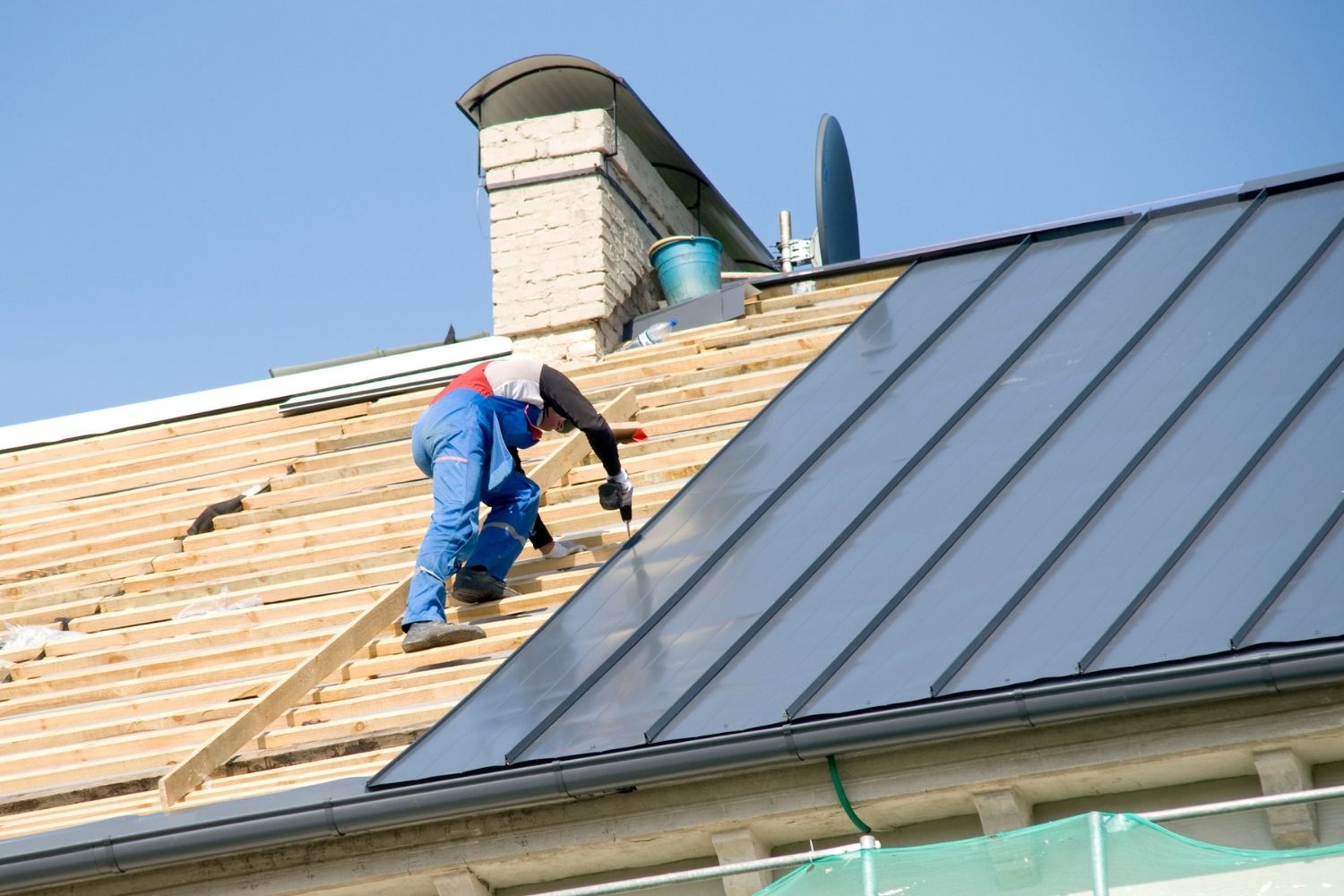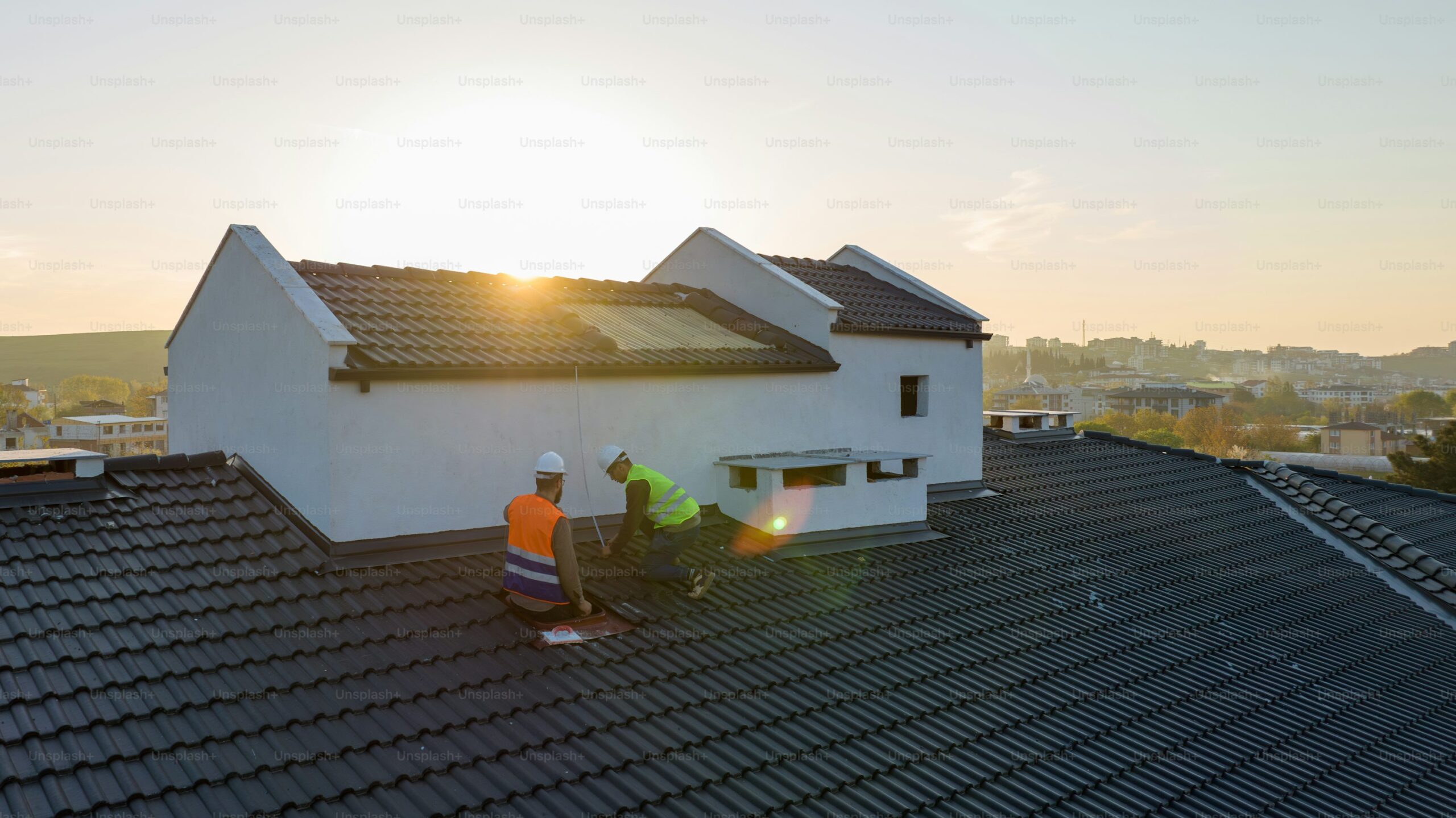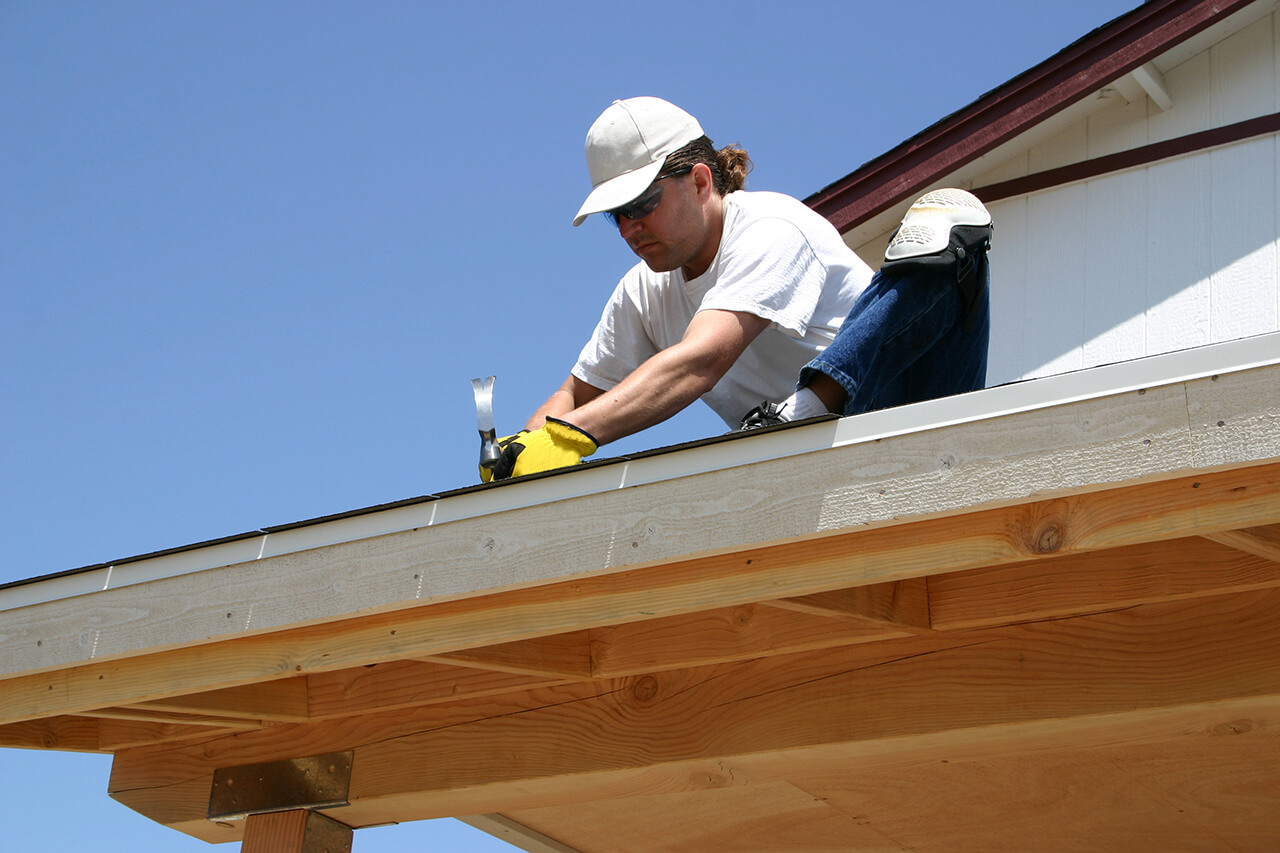The Impact of Climate Change on Roofing Choices: What Homeowners Should Consider

As the world continues to face the growing challenges of climate change, homeowners are increasingly being called to adapt to new environmental realities. One such area that requires careful attention is roofing. Roofing plays a crucial role in protecting homes from the elements, and the changing climate is influencing the types of materials, designs, and maintenance practices that homeowners need to consider. This article will explore how climate change affects roofing choices and what homeowners should think about when selecting the best roofing solutions for their homes.
The Changing Climate: Understanding the Environmental Shifts
Climate change is leading to more extreme weather conditions, such as hotter summers, stronger storms, heavier rainfall, and colder winters. These shifts are affecting the longevity and efficiency of traditional roofing materials. In some regions, homeowners may experience more frequent hailstorms, while others may be more susceptible to the intensifying heat from prolonged periods of high temperatures. These extreme weather events can compromise the structural integrity of roofs, causing faster wear and tear.
Understanding the specifics of climate change in your area is essential when choosing the right roofing material. For example, in regions with high humidity, the likelihood of mold or algae growth on roofs increases. In areas where wildfires are common, fire-resistant materials are a must. By considering local climate conditions, homeowners can make informed choices to mitigate the impact of climate change on their homes.
The Effect of Rising Temperatures on Roof Longevity
One of the most noticeable effects of climate change is the increase in average global temperatures. This warming trend can lead to heatwaves, prolonged exposure to the sun, and higher indoor temperatures. As a result, traditional roofing materials such as asphalt shingles may not perform as effectively as they once did. Prolonged exposure to intense heat can cause these materials to deteriorate more quickly, leading to a decrease in their lifespan.
Homeowners should consider roofing materials that are better suited to handle higher temperatures. Reflective roofing materials, such as cool roofs, are designed to reflect more sunlight and absorb less heat, helping to keep homes cooler and reduce the strain on air conditioning systems. This not only enhances energy efficiency but can also prevent roof degradation caused by heat exposure.

The Importance of Water Resistance in Roof Design
With climate change, many regions are experiencing an increase in heavy rainfall and storms, which can lead to flooding and water damage. Roofs that are not designed to handle excess water can quickly suffer from leaks, mold growth, and even structural damage. As a result, water resistance has become a critical factor in roofing decisions.
To combat this, homeowners should opt for roofing materials that are highly resistant to water penetration. Metal roofing, for example, is known for its durability in wet conditions, as it sheds water quickly and does not absorb moisture. Additionally, installing proper drainage systems, such as gutters and downspouts, can help direct rainwater away from the roof and foundation, reducing the risk of water-related damage.
Roof Durability Against Severe Weather Events
Severe weather events such as hurricanes, tornadoes, and hailstorms are becoming more frequent and intense due to climate change. These extreme weather events can cause significant damage to roofs, ranging from loose shingles to entire roof collapses. Homeowners in areas prone to such events should invest in roofing materials that are specifically designed to withstand these forces.
Impact-resistant roofing materials such as modified bitumen, standing seam metal, or concrete tiles are excellent options for homeowners in hurricane-prone or hailstorm-prone regions. These materials are not only resistant to high winds but also have greater durability against impact damage, ensuring that the roof remains intact even during extreme weather events.
Energy Efficiency and Sustainability in Roofing Choices
Another consideration for homeowners is the energy efficiency of their roofing materials. As climate change brings higher temperatures, the demand for air conditioning and cooling systems increases, which in turn drives up energy consumption. To mitigate this, many homeowners are turning to energy-efficient roofing materials that can help regulate indoor temperatures and reduce energy costs.
Reflective roofing, green roofs, and cool roof coatings are examples of sustainable roofing options that can help lower energy bills. Green roofs, which are covered with vegetation, provide natural insulation, while cool roof coatings reflect heat away from the building, reducing the need for cooling. Investing in energy-efficient roofing not only helps reduce environmental impact but also lowers utility costs in the long run.

Maintenance and Roof Care: Prolonging Roof Lifespan
As the impact of climate change continues to affect roofing systems, regular maintenance becomes more important than ever. Extreme weather, rising temperatures, and heavy rain can all cause damage over time, and proactive care is necessary to extend the life of your roof.
Homeowners should schedule regular roof inspections to catch any issues before they become major problems. Maintaining gutters and downspouts, checking for signs of damage such as cracks or leaks, and ensuring proper insulation are all essential aspects of roof care. Investing in routine maintenance can help homeowners avoid costly repairs and replacements in the future, particularly in the face of changing weather patterns.